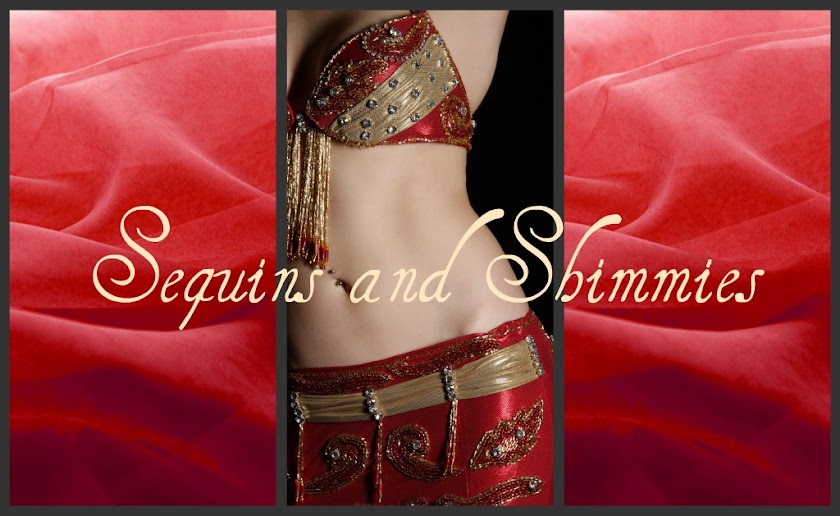I've been immersing myself in ballet in recent months. After progressing to the point of putting on pointe shoes as a teenager, I abruptly stopped. And now, almost 15 years later, I'm starting classes again. I'm all the way back in beginner, but loving it nonetheless. I've also been frequenting performances at the Pacific Northwest Ballet and reading Misty Copeland's autobiography, An Unlikely Ballerina. Copeland, pictured above, is famous in the ballet world for both being a prodigy and her skin color in a mostly white-dominated art form. Additionally, over the last year she skyrocketed to household name status after her stint as a guest judge on So You Think You Can Dance and her incredible commercial for Under Armour. Top all this off, I've added in ballet-inspired workouts from the Ballet Beautiful series to my weekly fitness routine, likely making me an official ballerina junkie at this point.
All this recent ballet involvement has acted as a catalyst in getting me thinking about the links between ballet and belly dance, and reflecting on how there is a significant ballet influence in belly dance. Let's take a look.
First, there was Badia Masabni. As discussed in a post a few months ago, Masabni began incorporating Western elements, predominately ballet, as well as other Middle Eastern dance styles, with traditional Egyptian dancing. She encouraged an uplifted carriage and trained dancers to lift and open their arms, like in ballet She also taught her dancers to use more space on the stage, layering in enhanced traveling steps and footwork that borrowed from the ballet repertoire. Masabani trained the famous dancers Samia Gamal and Tahia Carioca in this style, who in turn carried forward these ballet elements, thus launching the modern age of belly dance.
Then of course there's the undeniable influence of Mahmoud Reda. A classically trained dancer and gymnast himself, Reda continued along the same lines as Masabni, fusing classical ballet moves and stylistic influences into traditional Egyptian folk dances. Reda's influence and crossover effect has been dramatic in defining modern belly dance for future generations of dancers through his choreographies, movies, and training of belly dancers, including Dina and Randa Kamel.
So yes, what we think of as belly dance or raqs sharqi, has elements of ballet and other Western dances as well. When belly dancers hold their hands with the thumb and middle finger extending toward each other, that's ballet. When belly dancers extend the leg behind the body in an arabesque, that's ballet. When belly dancers open the chest and extend the arms to the side in a relaxed second positions, that's ballet. When belly dancers spin across the stage in a modified version of a chaine, that's ballet.
I know that there are some in the belly dance community who don't care for the mention of ballet and belly dance in the same sentences, and don't believe that there has been crossover in this regard. However, when I view both dances, I personally think that the influence is undeniable. It don't think that by acknowledging these observations that it anyway detracts from the distinct art form that is belly dance. Nor do I believe that comparisons rob raqs sharqi of its unique nature. And I don't believe that by discussing correlations and connections it means that belly dance has somehow been "adulterated" by Western culture. On the other hand, I am also not saying that the two dances styles are identical twins, or that belly dance is ballet's little sister They certainly are not. But do they share certain aspects? Yes, I believe so. Like most art across time and space, influences from other countries and cultures creep in.
Belly dance ever has been, and ever will be, a changing landscape of moves and movements. Like it or not, is a shifting, evolving, and growing art form, with new fusion influences and elements being added and experimented with every day. I think it's best just to enjoy the ride.
Photo Credit: Misty Copeland, calendar photo shoot




































